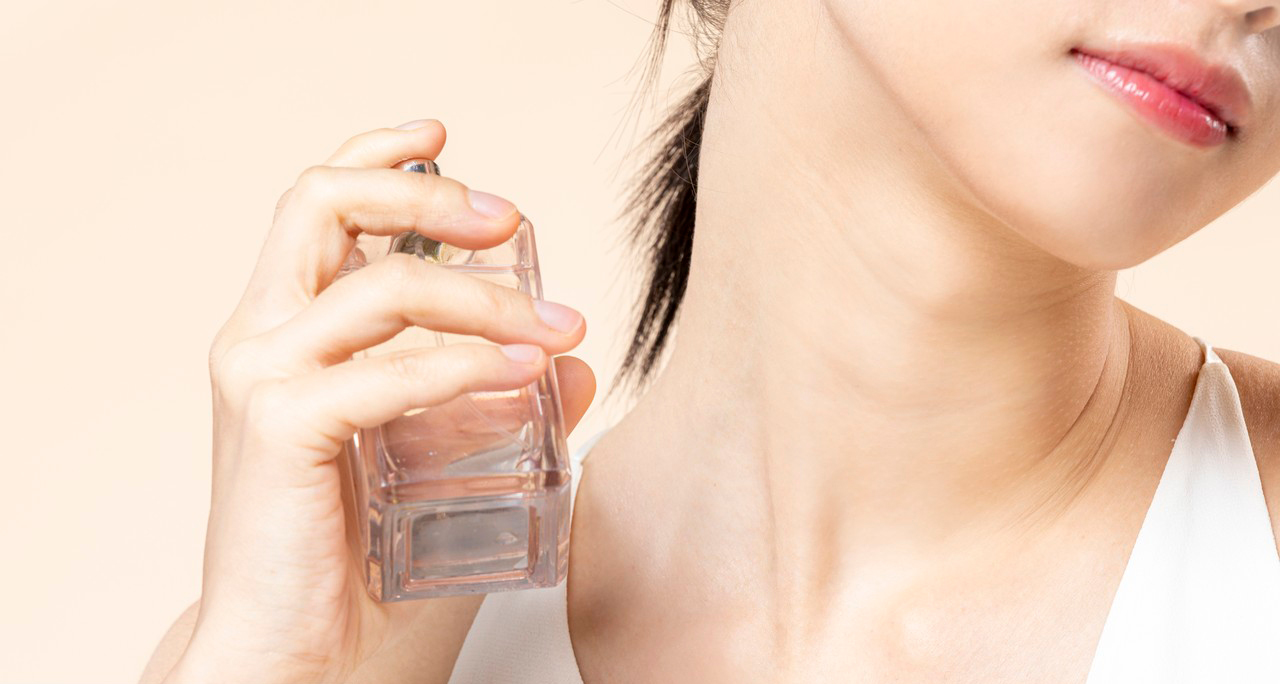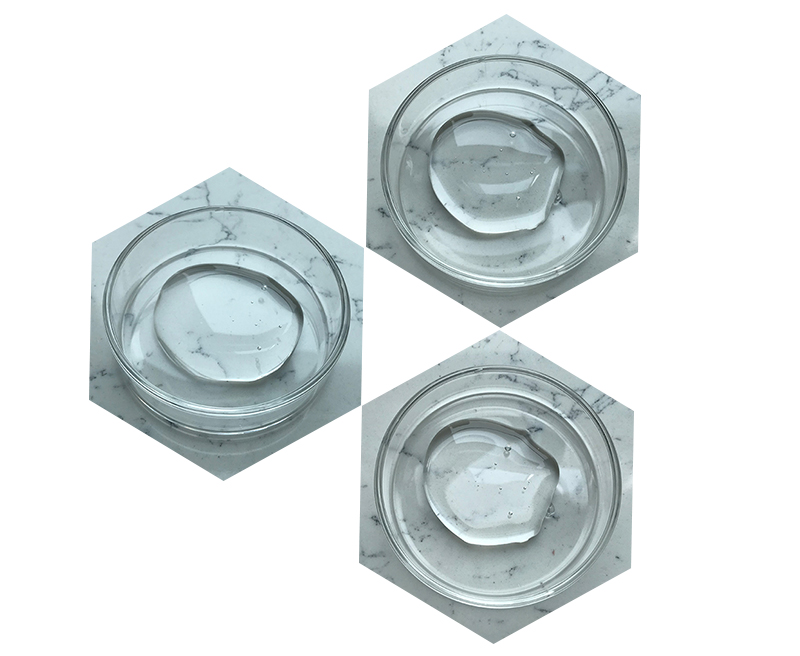Isopropyl myristate is an ester derived from isopropyl alcohol and myristic acid. Its chemical structure is represented as follows:
CH3(CH2)12COOCH3CH 3 (CH2) 1 2COOCH3
It is a colorless to pale yellow liquid with a faint odor and is commonly used in cosmetics, personal care products, and pharmaceuticals due to its excellent solubility properties. Here are some of its physical properties:
1.Molecular Weight: Approximately 270.44 g/mol.
2.Density: Isopropyl myristate has a density of around 0.853 g/cm³.
3.Boiling Point: It typically boils at around 216-218°C.

4.Melting Point: It generally solidifies at temperatures below 0°C.
5.Solubility: Isopropyl myristate is soluble in most organic solvents, such as ethanol, ether, and chloroform, but it is insoluble in water.
6.Viscosity: It has a relatively low viscosity, which makes it easy to handle and incorporate into formulations.
7.Surface Tension: Isopropyl myristate exhibits relatively low surface tension.
8.Refractive Index: The refractive index of isopropyl myristate is around 1.443-1.446 at 25°C.
9.Flash Point: It has a flash point above 100°C.
10.Compatibility: Isopropyl myristate is compatible with a wide range of cosmetic ingredients and is often used as a solvent, emollient, or thickening agent in formulations such as creams, lotions, and sprays.
These properties make isopropyl myristate a versatile ingredient in various personal care and pharmaceutical products, where it serves functions such as improving spreadability, providing lubrication, and enhancing the sensory experience of the product. However, it’s worth noting that some individuals may be sensitive to it, so it’s always advisable to conduct patch tests before using products containing this ingredient extensively.

The main pathway of Isopropyl Myristate
Isopropyl myristate is a synthetic oil used in cosmetics, topical pharmaceuticals, and food flavorings. Its main pathway typically involves synthesis from myristic acid and isopropanol. Here’s a simplified overview of its synthesis pathway:
1.Esterification: Myristic acid (a 14-carbon fatty acid) undergoes esterification with isopropanol in the presence of an acid catalyst, such as sulfuric acid or p-toluenesulfonic acid. This reaction yields isopropyl myristate and water.
Myristic acid+Isopropanol→Isopropyl Myristate+Water
2.Purification: The crude product is then purified through various methods such as distillation or filtration to remove impurities and excess reactants.
3.Quality Control: The purified isopropyl myristate is subjected to quality control measures to ensure it meets industry standards for purity and composition.
This pathway results in the production of isopropyl myristate, which is commonly used in skincare products for its ability to enhance the spreadability and texture of formulations, as well as its moisturizing properties.
